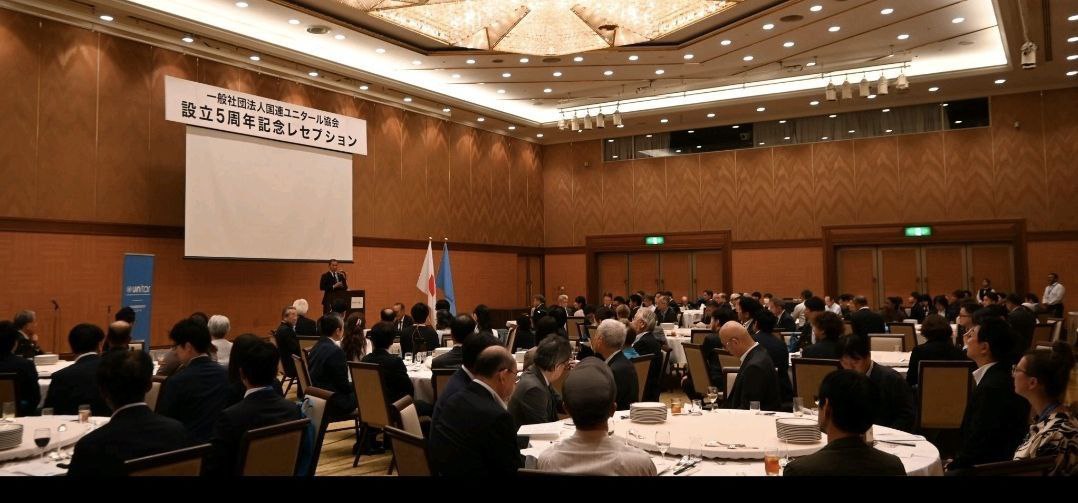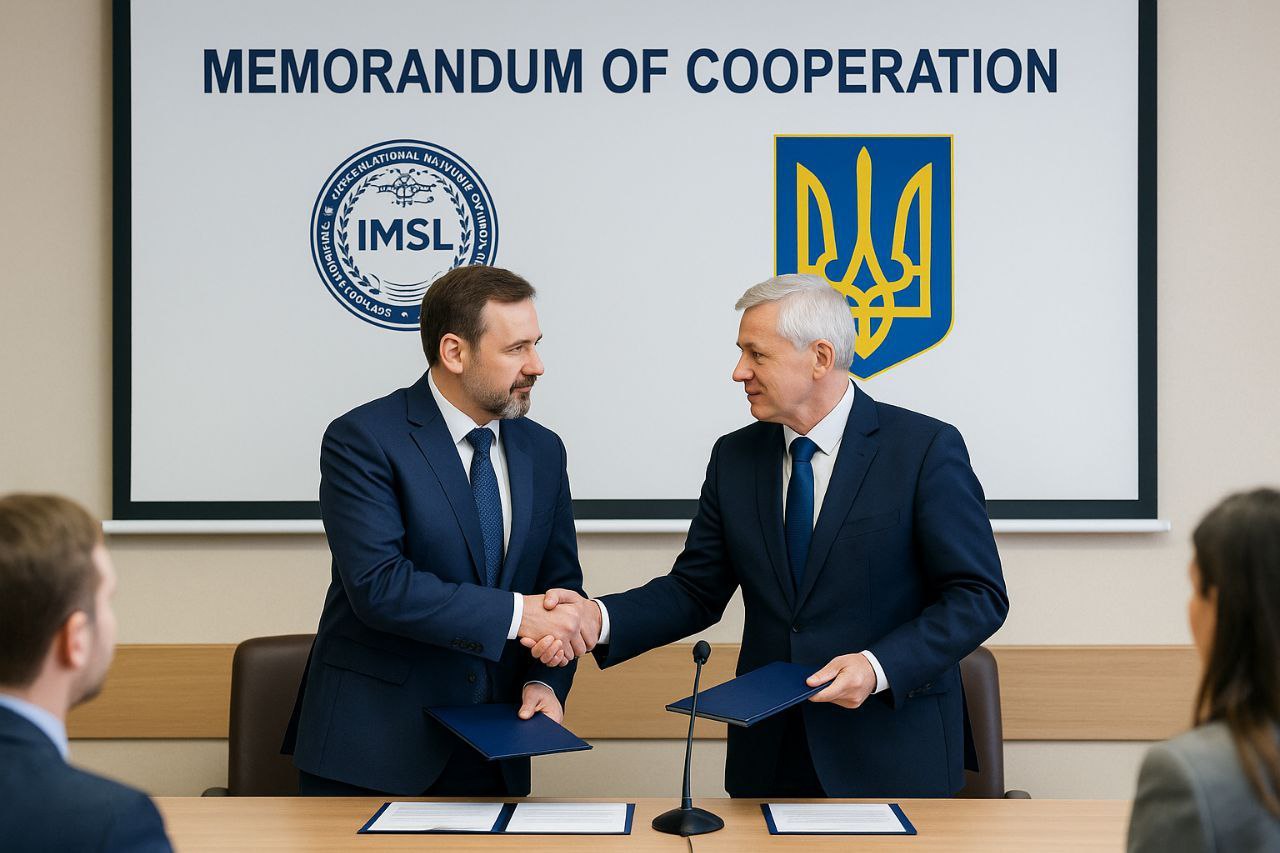
Public procurement is an integral part of the economic development of any country. In Ukraine, this sector is undergoing continuous reform, especially in the context of European integration. Does the current public procurement system meet European standards? What key changes have occurred in recent years? These and other questions are addressed in a new study by PhD in Law, Research Fellow of the Scientific Research Institute of Maritime and Space Law, Mykhailo Odukha, and Doctor of Law, Professor Artur Zamryha.
European Reform Vector
In their work, the authors analyze the process of harmonizing Ukrainian legislation in the field of public procurement with the acquis of the EU. A significant milestone was Ukraine’s signing of the Association Agreement with the EU, which outlined the strategic directions for procurement reforms.
The researchers emphasize that the gradual adaptation of Ukrainian regulations to European principles of transparency, non-discrimination, and fair competition has already yielded positive results. For example, the Prozorro electronic system has become one of the most successful reforms, increasing openness and reducing corruption risks in procurement.
What Has Changed in Legislation?
Odukha and Zamryha’s study provides a detailed analysis of recent changes in the legal framework governing public procurement. Among the key innovations:
– Reduction of appeal deadlines and procedural actions – enabling faster decision-making.
– Ban on procurement from Russian and Belarusian companies – a crucial step for ensuring economic security.
– Reform of the open bidding procedure – including the elimination of so-called “Euro-tenders” and the negotiation procedure.
– Implementation of new control mechanisms – particularly expanding opportunities for appealing tender decisions.
– Automation of procurement processes – through the use of modern technologies and digitalization.
Challenges and Prospects
Despite the positive changes, Ukraine’s public procurement system still faces several challenges. Corruption risks, low qualifications of some tender participants, and the need for further improvements in control mechanisms remain pressing issues.
The authors stress that harmonizing the procurement system with EU norms is not a one-time event but a continuous process that requires constant monitoring, updates to the regulatory framework, and experience-sharing with European partners.
Conclusions
Public procurement is not merely an administrative procedure but a strategic tool for state development. Its efficiency directly impacts economic stability and Ukraine’s integration into the European market.
The study conducted by Mykhailo Odukha and Artur Zamryha is an important contribution to understanding current trends and opportunities for improving this sector. Further adaptation of Ukrainian legislation to EU standards will make the procurement system even more transparent, efficient, and competitive.
Stay updated on scientific research shaping the future of Ukraine’s legal system!










